On the eve of the dacha season, many gardening enthusiasts begin to prepare for the treatment of strawberries from pests and diseases, to collect information. This plant needs constant care and attention, otherwise delicious berries can be affected by some kind of disease, and in the case of parasitic activity of insects, the crop will die. What should be treated with strawberries, and when should it be done? We tell!
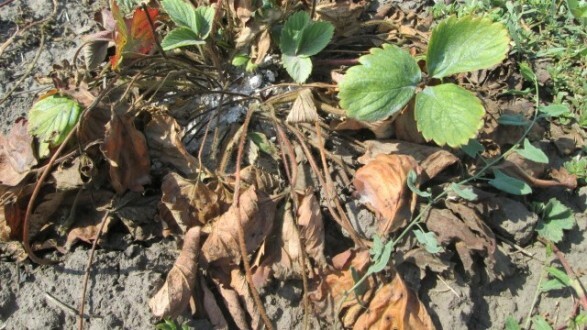
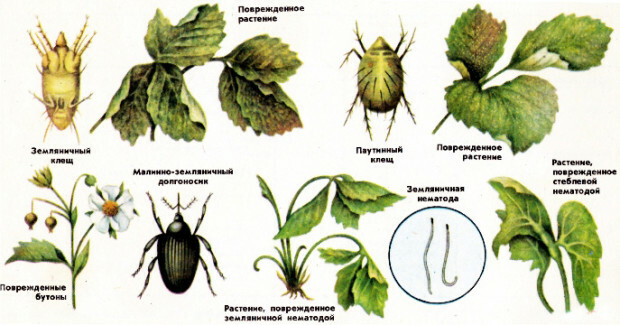
The main enemies of strawberry beds
In the spring, when the strawberry begins to grow quite rapidly, letting the antennae, the gardener needs to make a competent plan treatment against a variety of insects. The strawberry has many enemies, capable of ruining the entire crop and destroying the plant itself. With what diseases and insects do gardeners have to fight most often?
- With slugs and pathogens of gray rot.
- With strawberry mites, completely eliminate which is extremely difficult.
- With nematodes and strawberry weevils.
- With pathogens of leaves blotch.
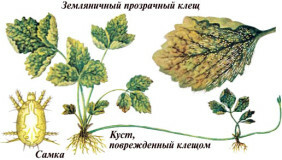 strawberry mite
strawberry mite 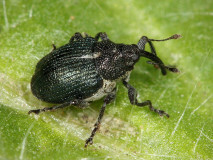 strawberry weevil
strawberry weevil
 nematode
nematode 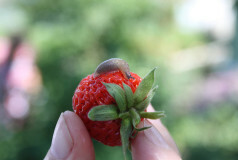 slug
slug
When to open strawberries in the spring and begin intensive pest control? This question worries almost all gardeners. Experts recommend to open the bushes immediately after the leaflets begin to grow actively. It should be done during this period in the spring.
The villa owner needs to perform all the operations before the flowers appear on the bushes. If the plant starts to blossom, the constant treatment with chemical preparations can negatively affect the quality of the crop.
There are several drugs and treatment techniques that effectively combat all diseases of strawberries.
- The first thing to do is to water with a 1% Bordeaux fluid solution.
- Next, you can treat your strawberry bushes with the help of chemicals such as Topaz or Fufanon. Such preventive works help prevent plant diseases.
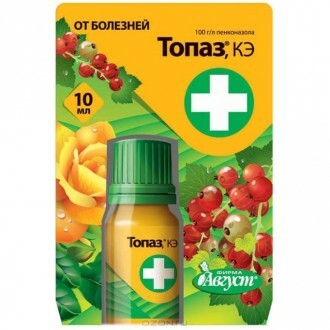
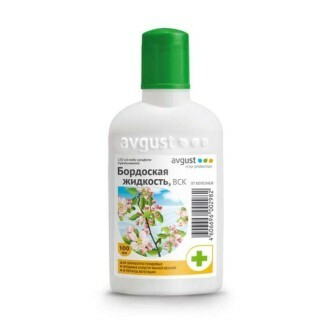
If the mite already struck strawberries, the listed methods will not work. They are also useless in protecting the crop from the nematode. In these two cases it is necessary to use more serious means.
Combating strawberry mites
Early treatment of strawberries is usually done in several stages and helps to completely protect the plant from the appearance of pests. However, if the prophylactic techniques were ineffective and the tick still appeared, it is necessary to act immediately! Such an insect is safe for humans, but it can completely ruin the whole crop.
In the case of strawberry mites, two options are possible:
- if flowers have not yet appeared on the plant, it must be treated with a solution of Fitoverm, the procedure must be repeated 2-3 times;
- if buds have already appeared on the bushes, treatment should be carried out by Actellik and Alirin-B.
 there are no flowers on the strawberry
there are no flowers on the strawberry 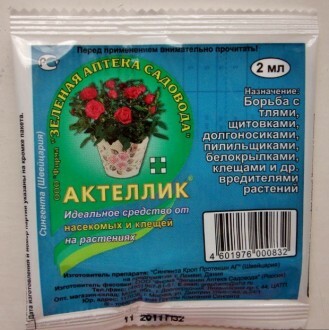 flowers have already appeared
flowers have already appeared
If the buds have already appeared on the bushes, the chemistry can severely damage the crop. That's why experts recommend to carry out treatment with a solution of Alirin-B or its analogue - Fitosporin-M.Two or three watering with such solutions will help to completely eliminate pests.
Than to process bushes of a strawberry if mites have been found out? The most popular option is the Phytoverma solution. The fact is that this strongest chemical can completely eliminate strawberry mites. These insects are survivable, so treatment should be carried out 2-3 times with a periodicity of 10 days.
Control of nematodes. How to fix the problem?
Spring work with strawberries is very often not limited to routine treatment, but includes systematic control of nematodes. Because of this infection, the entire crop may suffer, and if not, the strawberry may completely die.
The easiest way is to "bring" the nematodes to their site with a new seedling. If the seedlings were infected with nematodes, it will manifest itself quickly enough.


The development of the problem can be judged by the following features:
- strawberry leaves are folded and become smaller in size;
- itself strawberry bush looks small compared to the rest;
- leaves may turn red or yellow;
- the stem of the bush suddenly starts to blush.
Nematodes move very quickly from one bush to another, so if a problem is detected, it must be immediately eliminated.
To treat strawberries in early spring is better in the following way:
- Dig out the problematic bushes, then lower them into saline solution. It can be prepared by adding 15 grams of salt to a liter of water.
 1 liter of water
1 liter of water  15 grams of salt
15 grams of salt
- The procedure itself should last no more than 15 minutes.
- After the treatment, the roots must be thoroughly rinsed and the bushes planted back. Usually this is enough to eliminate the signs of the development of the disease. If the infection spreads over several bushes, they should all be processed.
Many summer residents try to plant calendula next to strawberries. It is believed that nematodes do not tolerate calendula, and, therefore, one plant protects from infection another.
Spring top dressing
There are two ways of feeding: using mineral solutions and using organic fertilizers. What kind of chemistry for strawberries is most often used with careful processing of bushes and soil?
- Ammonium sulfate solution( 1 tablespoon is diluted in 10 liters of water) with the addition of a small amount of cow dung.
- 1 tablespoon of nitroammofoski can also help in the feeding of strawberries, if you dilute it in 10 liters of water and pour it with a solution of bushes.
- With the help of cow manure diluted in water in a proportion of 1 to 10, you can also carry out additional fertilizing.
- For the same purposes, you can use chicken manure in the same proportion.
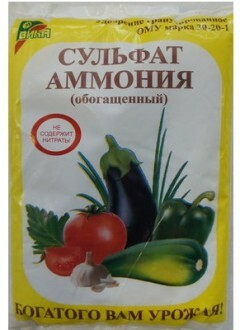

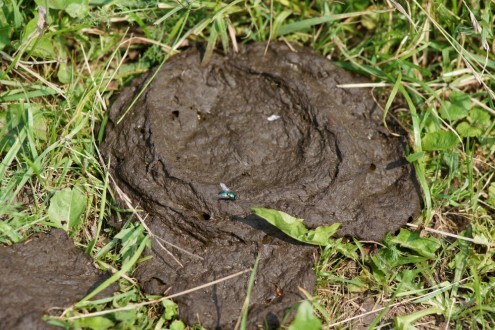
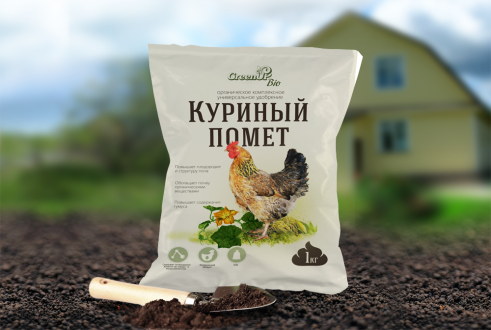
Another interesting way of feeding is loved by many gardeners because of its effectiveness and ease of preparation. Correctly to process a strawberry it is possible by means of a nettle:
- For this purpose the whole nettle bucket is flooded with hot water and left for 3-4 days.
- Strain infusion should be watered strawberries. It is believed that this makes it much better to bear fruit.
It is recommended to conduct such processing before flowers and berries appear on the bushes. Also, many summer residents are engaged in feeding and after tying the first fruits, believing that this will accelerate the emergence of the crop.
Preventative measures against pests. Improve the fruitfulness of the plant
How to treat strawberries, can tell experienced gardeners. Many of them know that if properly to care for plants, no infection will not be terrible to them.
- The first thing that should be done after the snow falls and the coming of spring is to clean the strawberry beds. It is necessary to eliminate the old leaves, the unevenness of the soil, organic debris that has appeared here during the winter cold.
- The next important action is the breakage of the rows of strawberries, the elimination of excessive planting density. All the villagers know that the best pests and a variety of diseases develop in thickened plantations, where the infection is easier to spread from one root to another. That is why it is necessary to thoroughly weed the beds, remove the weeds, transplant the strawberries if there are too many roots in one area.
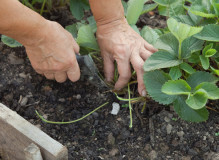
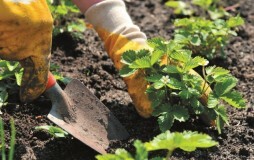
- Treatment of strawberries from pests involves not only the use of a variety of organic and chemical agents, but also moderate watering. It has long been proven that many pests develop in highly moistened soils, densely planted with plants. Consequently, moderate watering will reduce the risk of insects. You should water the strawberries carefully, under the root, because the leaves can start to turn yellow when the moisture gets on them.
Using a complex of measures aimed at caring for their beds, and not forgetting about the proper care of strawberries, a person can prevent the development of her diseases. If the problem is still found, you need to make every effort to eliminate it. One infected root can spoil the whole crop of strawberries, and it is necessary to act competently and promptly to prevent such a situation.
Related videos:
 5:36
5:36 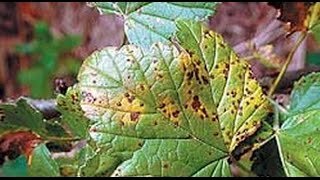 4:29
4:29 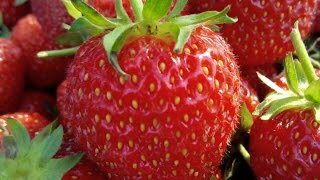 3:30
3:30 